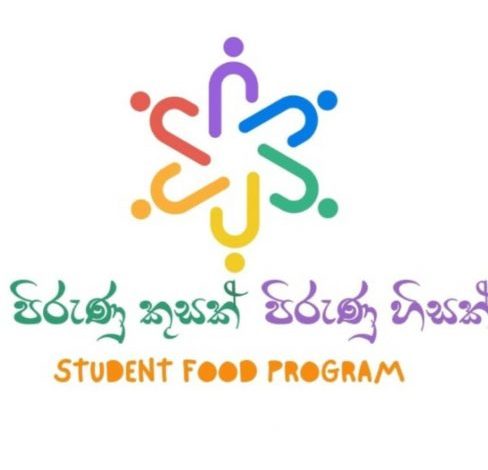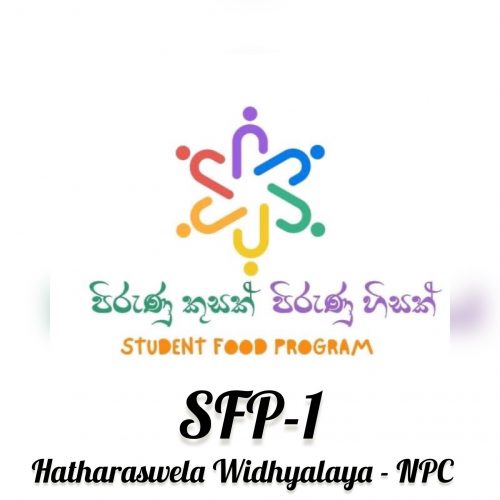
School Food Programme – 1
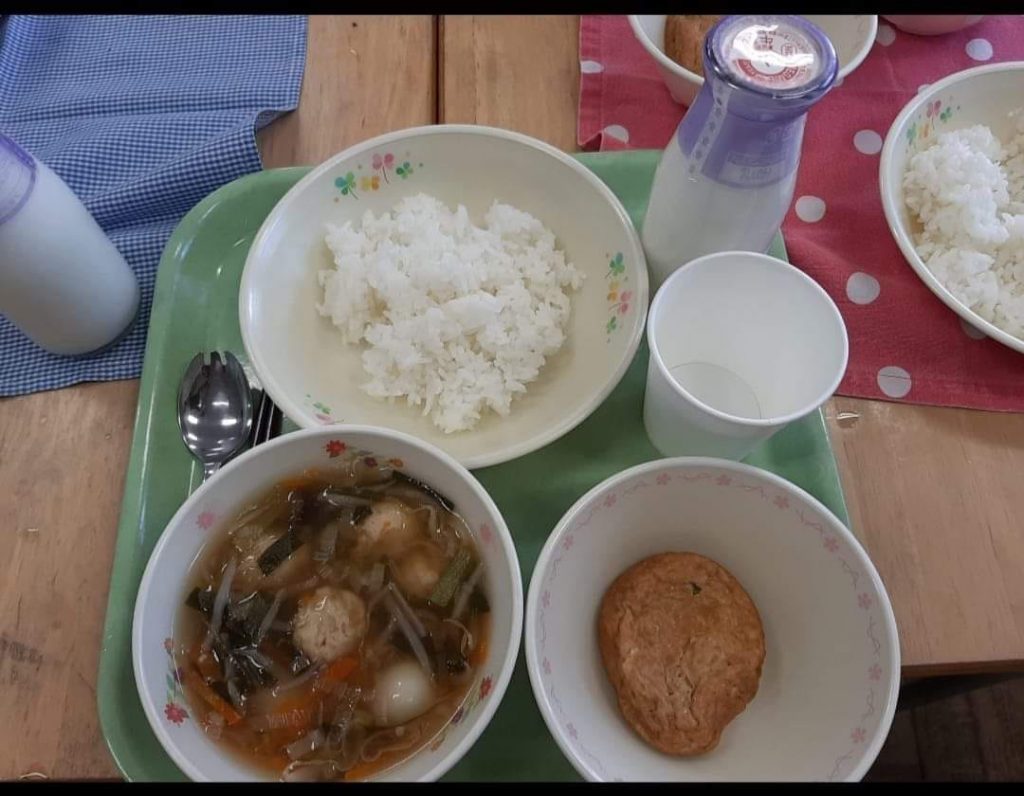
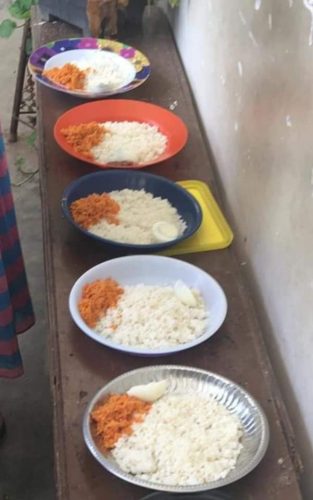
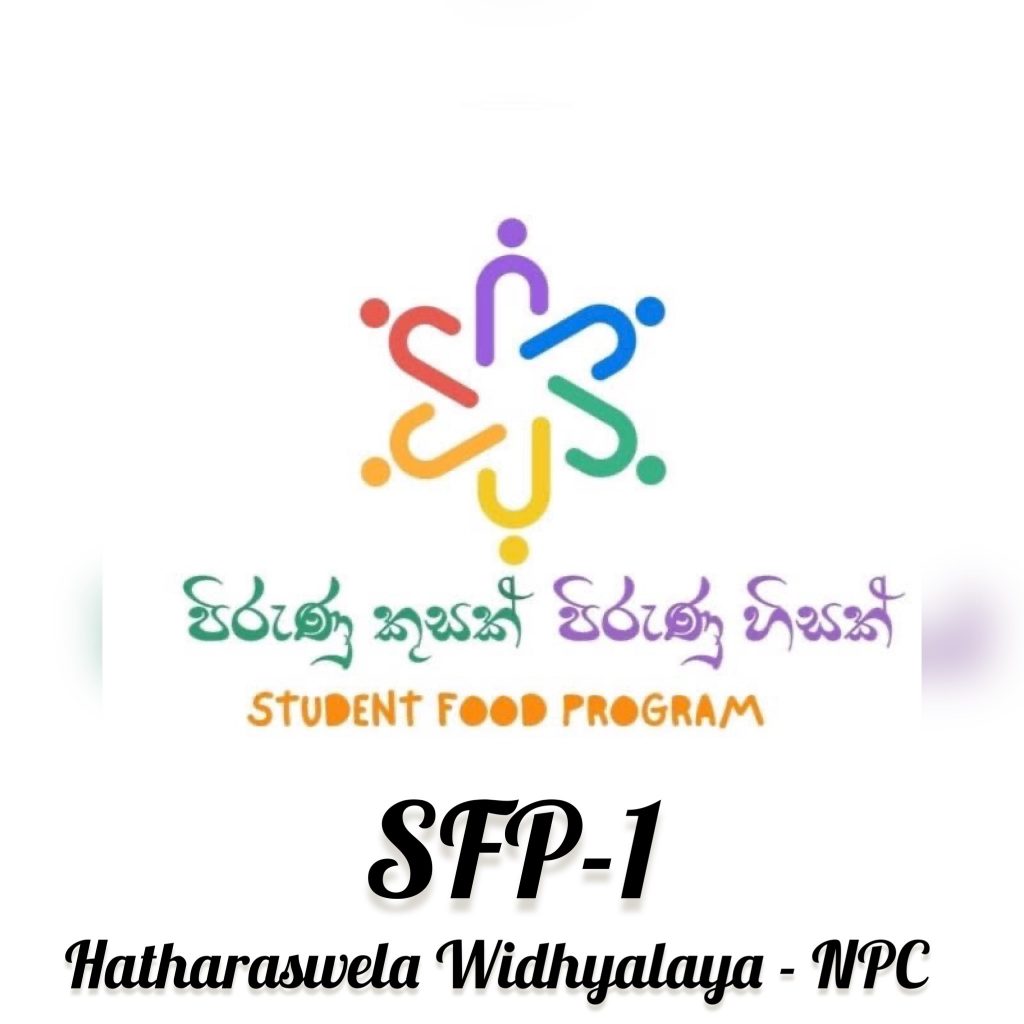
Hatharas Wela Vidyalaya
Do children attend schools for meals?
You might not be aware, but some children attend school primarily for their breakfast and/or lunch. This is a reality in Sri Lanka. In some countries, children go to school to have meals, and Japan is a prime example.
After World War II, Japan was devastated. One of the first initiatives was to reopen schools. A monk began offering meals to children, which encouraged them to attend school. With full stomachs, children were ready to learn about success and the process of winning. The Japanese started by requesting bread and dhal from the World Food Programme and gradually transitioned to providing rice.
Today, Japan’s school meal program is highly organized. Meals are provided through provincial centres, ensuring all children receive the same nutritious food. Essential food items are delivered to schools, where meals are prepared by staff or even the children themselves. The principal eats the meal first to ensure its safety, and food samples are kept for 48 hours for testing.
What is the situation in Sri Lanka?
In Sri Lanka, the school meal program is often influenced by political agendas, leading to inconsistency. During my school days, we received five biscuits through American donations, and later, a food card worth three rupees for meals like kadala (chickpea), rice, or string hoppers.
As a school medical officer, I observed that the government provided 28 rupees per meal, which was later increased to 30. However, the cost of an egg alone is 42 rupees, making it challenging to include in the meal. Approximately 40% of children do not have breakfast at home, making school meals essential to combat child malnutrition.
Despite government failures, many students still do not receive meals, leading some to drop out of school to support their families financially. They might sell flowers or search through dustbins for food. We have a responsibility to address this issue.
Our Efforts
We started cooking rice at a beautiful school, and hungry students began attending again. With just 5000 rupees, we could provide meals for a week. Enoka teacher, an exceptional individual, initiated this effort. As a result, 35 children returned to school, easing the financial burden on their families.
A person abroad suggested a method to provide meals continuously and asked if we could include an egg for each student. While we couldn’t provide a whole egg, we managed to include half an egg and some green leaves in the meals.
In a country where people prepare lavish meals for puja, many children struggle to find something to eat. Some teachers bring extra lunch packets for their students, while others, like Mr. Athla and Mrs. Enoka, prepare food at school.
Conclusion
When someone questions why rural schools remain open, show them these pictures and explain the efforts of teachers who help students survive. They cook coconut sambal and rice, ensuring children have at least one meal a day.
Remember, some children come to school only to have a meal.
School Coordinator: Enoka teacher


